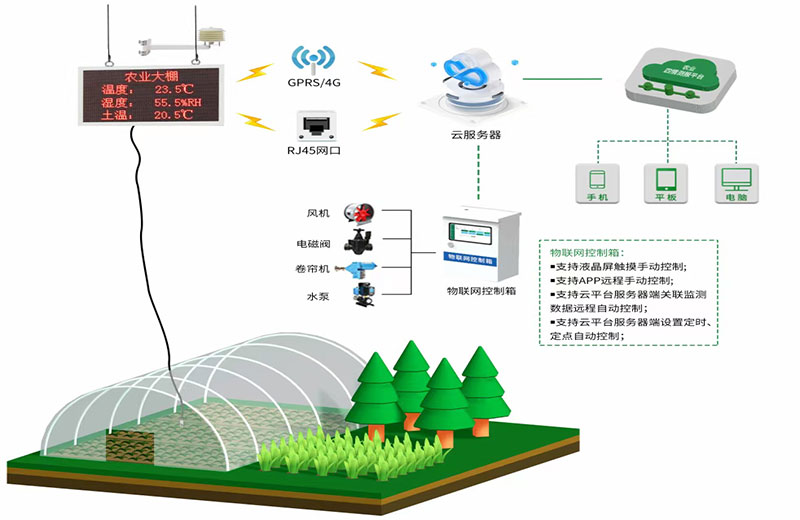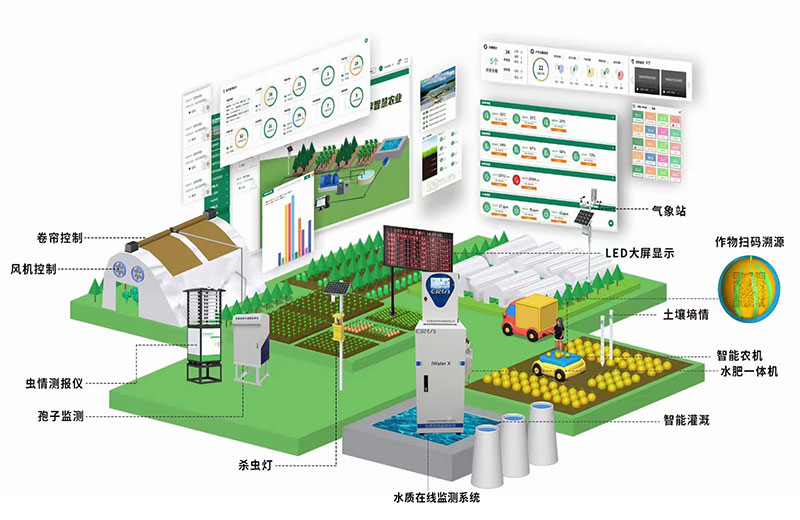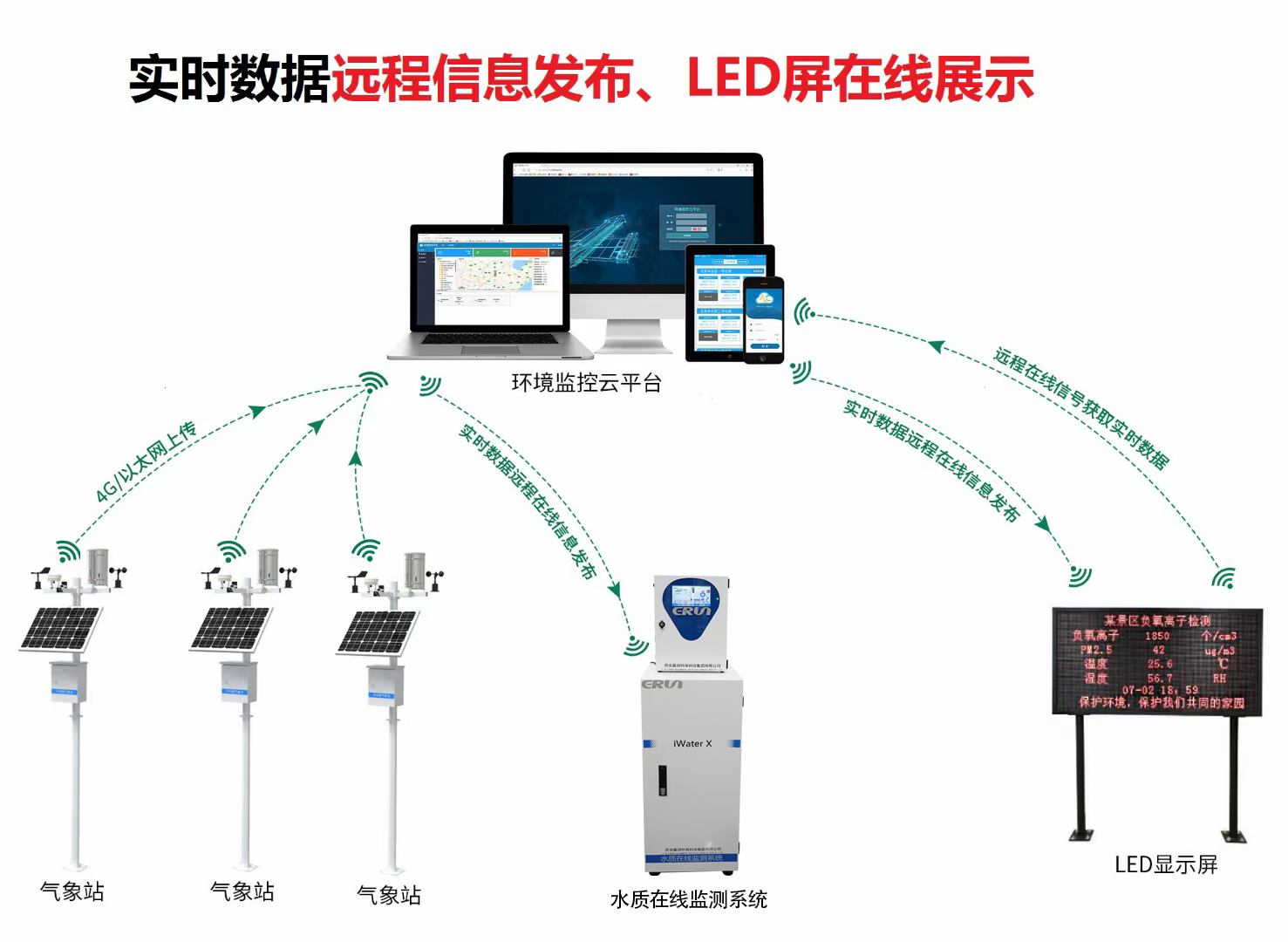Modern agriculture faces dual challenges of ensuring food security and environmental sustainability. High-standard smart farmland monitoring systems, integrating IoT, cloud computing, and data analytics, have emerged as critical tools. Among various parameters, water quality monitoring remains pivotal due to its direct impact on crop yield, soil health, and ecosystem balance. This article details a water quality-centric smart monitoring system aligned with ISO, WHO, and FAO standards, optimized for precision agriculture applications.

The system adopts a four-layer architecture (Figure 1):
1. Sensor Layer: Deploys multi-parameter probes across irrigation channels and field nodes.
2. Communication Layer: Utilizes 5G/LoRaWAN hybrid networks for real-time data transmission.
3. Cloud Platform: Processes data via AWS IoT Core and Time Series Insights.
4. Application Layer: Delivers actionable insights through web/mobile interfaces.
3.1 Key Parameters & International Standards
The system monitors parameters per ISO 5667 (water sampling) and WHO/FAO irrigation guidelines:
Parameter | Unit | Threshold | Standard Reference | Impact |
pH | - | 6.0–8.5 | ISO 10523:2008 | Nutrient availability |
Electrical Conductivity (EC) | μS/cm | ≤1500 | FAO Irrigation Paper 29 | Soil salinity control |
Dissolved Oxygen (DO) | mg/L | ≥4.0 | ISO 5814:2012 | Aquatic ecosystem health |
Turbidity | NTU | ≤10 | ISO 7027-1:2016 | Filtration efficiency |
Nitrate (NO₃⁻) | mg/L | ≤50 | WHO Guidelines (2011) | Eutrophication prevention |
Total Dissolved Solids (TDS) | mg/L | ≤2000 | FAO 2017 | Crop tolerance threshold |
Heavy Metals (As/Cd) | μg/L | 45933 | WHO/FAO Codex Alimentarius | Food safety compliance |
3.2 Sensor Technologies
- pH/EC: Combined glass electrode with automatic temperature compensation (ATC)
- DO: Optical fluorescence sensors (ISO 17289:2014 compliance)
- Heavy Metals: Microfluidic electrochemical analyzers (LOD: 0.1 μg/L)
- TDS: Digital conductivity probes with ±2% accuracy
4.1 Field Deployment Strategy
- Spatial Distribution: 1 monitoring station per 50 ha (ISO 16075-3:2015 recommendation)
- Temporal Resolution:
- Basic parameters: 5-minute intervals
- Nutrient/heavy metals: Hourly composites
4.2 Edge Computing
- ARM-based gateways perform:
- Data validation (Grubbs’ test for outliers)
- Unit conversion (to WQX format)
- Threshold-based alerts (SMS/Email)

5.1 Precision Irrigation
- Soil moisture-VWC correlation model reduces water use by 35%
- Dynamic scheduling based on:
- Crop evapotranspiration (ETc)
- 72-hour rainfall forecasts
5.2 Fertilizer Optimization
- N-P-K adjustment algorithms using:
- Leaf area index (LAI) from UAV multispectral data
- Real-time nitrate levels in irrigation water
6.1 Deployment Metrics
- Area: 8,000 acres (almond orchards)
- Sensors: 120 multi-parameter stations
- Uptime: 99.2% (2022–2023)
6.2 Performance Outcomes
Metric | Pre-System | Post-System | Improvement |
Water use efficiency | 0.68 kg/m3 | 1.12 kg/m3 | 0.647 |
Nitrate leaching | 45 kg/ha | 18 kg/ha | -0.6 |
Heavy metal incidents/year | 7 | 0 | 1 |
Crop yield variability | ±22% | ±9% | -0.59 |
- Meets GlobalGAP Integrated Farm Assurance criteria
- Data interoperability via Open Geospatial Consortium (OGC) standards
- Blockchain-based audit trails (Hyperledger Fabric implementation)

This smart monitoring system demonstrates how ISO-aligned water quality management can enhance agricultural productivity while mitigating environmental risks. Future enhancements will integrate satellite-based water stress indices and nano-sensor arrays for pesticide detection.